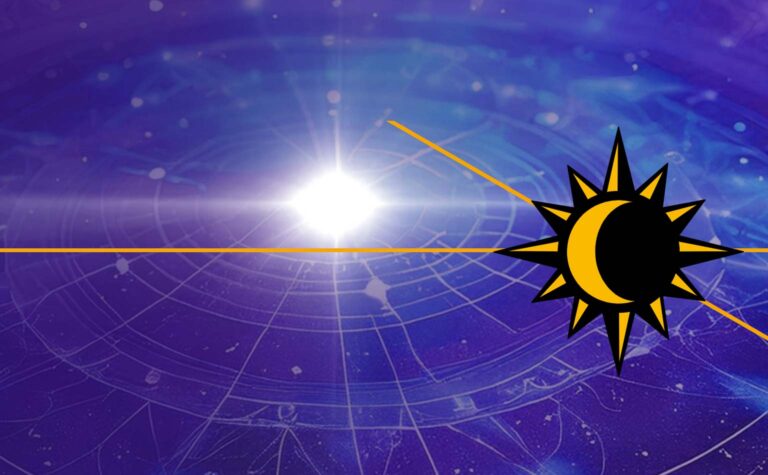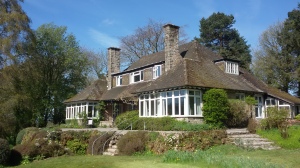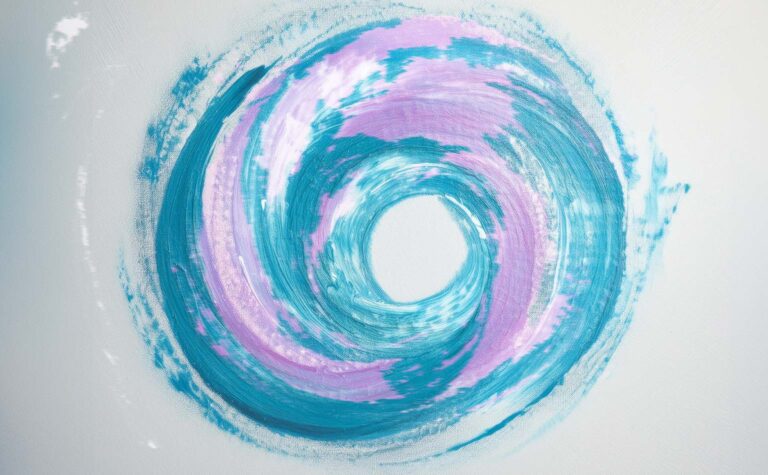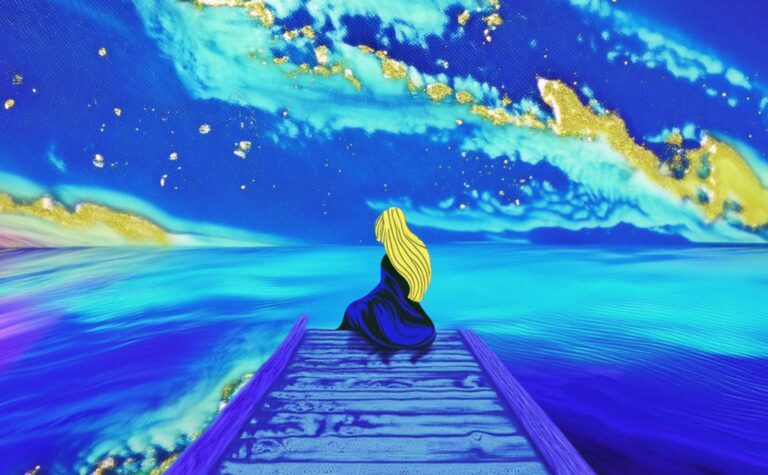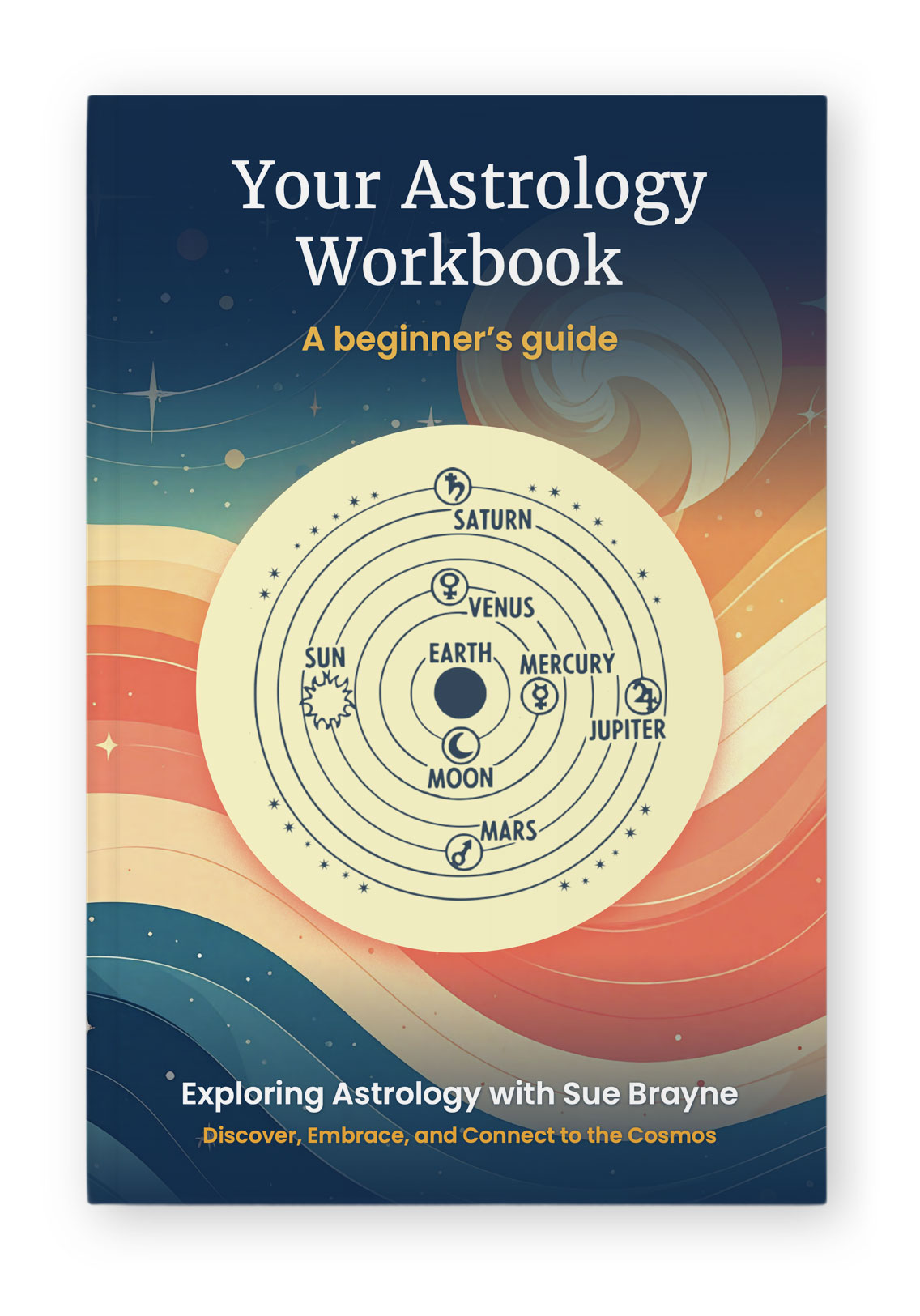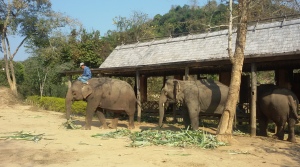
A couple of days ago I spent an overnight at the wonderful Elephant Village, about 20 kilometres from Luang Prabang, laid-back northern capital of Laos. Fourteen very fortunate females elephants, and two of their babies, live in harmony together – all saved from a miserable existence in logging camps. The Village was set up by a German in 2005, but according to Mr Mack my delightful Laos guide, it is now owned by local Laos people.
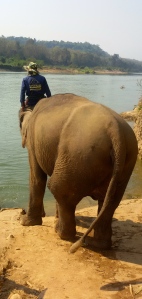
Most of the elephants, 40 year old Meaouk (who bore me with such lumbering grace upon her back) included, have been bought from the loggers at the vast cost of $60,000 each. When the Village is unable to come up with a one off payment they actually rent the elephant off the loggers. An ingenious if not highly expensive solution. Thank goodness for the tourist visitors, which makes the work of the Village possible.
It was such a joy to see each elephant and her adoring Mahout (carer) working together in perfect union. The Village excels in its belief that these particular elephant should enjoy 5 star treatment. So the Howdah (heavy wooden riding seat) is banned, and the elephants only work 4 hours a day which consists of ferrying a tourist perched precariously free-style on her neck down a steep dusty track to plod, with much cajoling from the Mahoud, into the River Nam Khan.
Elephants LOVE water, so a lot of trunk swishing goes on accompanied often by insanely loud trumpeting. ‘Elephant happy’ announced Mr Si, Meaouk’s Mahout who was squatting on her back behind me, his voice filled with delight as she waded stomach deep through the river, while I wiped sprays of water from my face.
I was so touched by the love and care that I witnessed in the Village, especially since Laos was once called the Land of a Million Elephants. During my 64 years this number has dwindled to a mere 1000 elephants, 450 of which are still enslaved in logging camps. Too sad, and the way things are going, it is thought that these noble animals could be extinct within 50 years.
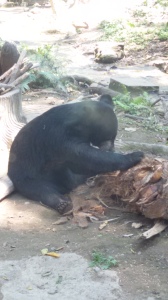
I felt the same love and care at the bear sanctuary, established over the past few years at the foot of the spectacular Kouang Xi waterfalls (these days as crowded as an outdoor lido on the one hot day of a UK summer). These loll-about small, black furry bears have also been saved from a lifetime of misery, where they are expected to live out their days in tiny cages so their bile can be harvested for so called medicinal purposes. How anyone can treat animals with such cruelty is beyond my ability to comprehend. But I am not Asian, and I can’t expect to understand the mind of Asian people.
Though I did get a glimpse of the Asian mind through Long, the tireless Vietnamese Exodus cycle trip guide, who pushed me up hills from Ho Chi Mihn City to Hanoi for two weeks before I came to Laos. ‘What about animal conversation?’ I asked him. He laughed and shrugged. ‘One million baby is born each year in Vietnam. So we eat everything and anything. We know it unsustainable, but Vietnamese men good for libido!’
So good that thankfully the Vietnamese Government has started a programme which pays men to have a vacestomy. It may be a nod in the right direction, but consumerism and destruction of the natural habitat is rampaging out of control. Not helped by China eating up Cambodia, Myanmar, and gentle Laos. The warrior Vietnamese spirit is fighting off this daunting foe, just about, choosing instead to buddy up with South Korea. But I wonder if it will fayre any better.
Although, according to Long, Vietnam is mainly communist, and Laos has three distinctive nationalities (just as we have Scots, Welsh, Irish) Buddhism is part of Asian culture. But it does make me wonder as I ambled around the plethora of fantastically decorated Buddhist temples, housing gigantic gold leafed Buddha statues, what Buddha would have made of humanity these days. Buddha wasn’t up for effigies, and two of his great teachings were in effect, ‘Do No Harm,’ and ‘Keep it Simple’.
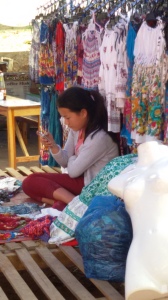
Yet many young people are saved from poverty by becoming Buddhist monks. I helped a 19 year old monk with his English homework who told me he was one of seven children. His peasant farmer parents were unable to feed him, so four years ago he chose to join a monastery. Several days a week he walks two hours from the monastery to Luang Prabang to learn English. Then he walks the two hours back in the dark. But he knows this is the only way he can better himself and avoid the drudge of his parents’ life. So Asia is full of complex contradictions.
Although his was an uplifting story, sadly I see harm being done everywhere I have travelled, compounded by the obsession with mobile phones. Gone are smiley welcoming faces in shops and at market stalls. Instead there’s an impatient attitude of, ‘Buy it or leave me alone with my phone.’ I realise communications technology enables me to contact home, and write a blog, but I also feel it robs me of the kind of connection and conversations I used to experience when travelling.
I realise this is why I find it so moving to come across acts of human determination to try and put things right. The Elephant Village and the Bear Sanctuary give me hope. But collectively we HAVE to do something to right what we doing to our poor belligered natural world before it is too late. But time is running out, and we, as in the whole of humanity, have only ourselves to blame if we are too late.
